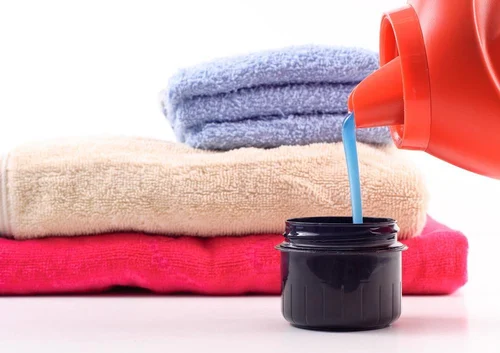Textile softeners improve comfort in the textile industry

Textile Softeners are an integral part of the textile industry. They are used to improve the feel, drape, sewing ability and overall appearance of fabrics.
Learn about Textile Softeners
Textile Softeners are compounds applied to textile materials to make them feel smoother, reduce static cling and impart a pleasant smell. They work by depositing lubricating chemicals on the surface of fabric, making it feel softer, reducing wrinkles, and making ironing easier.
Types of Textile Softeners
Textile Softeners come in many types, including cationic softeners, anionic softeners, and nonionic softeners. Each type has its own unique properties and uses. Cationic softeners are very effective at giving fabrics a soft, fluffy feel but can cause yellowing. Anionic softeners are less likely to cause yellowing but are less soft. Nonionic softeners provide a balance between softness and non-yellowing.
The role of Textile Softeners in the textile industry
In the textile industry, Textile Softeners are used in the final stages of fabric production. They are applied to fabrics to give them a soft, smooth feel and make them more comfortable to wear. They also help reduce static cling, which can be a problem with synthetic fabrics.
The environmental impact of Textile Softeners
Textile Softeners also have an impact on the environment. Many softeners are made from non-renewable resources and are difficult to remove from wastewater. The textile industry is constantly looking for more sustainable and environmentally friendly alternatives.
